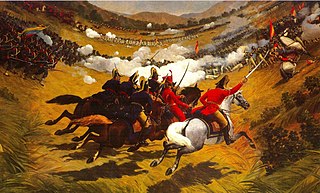
The Venezuelan War of Independence was one of the Spanish American wars of independence of the early nineteenth century, when independence movements in South America fought a civil war for secession and against unity of the Spanish Empire, emboldened by Spain's troubles in the Napoleonic Wars.

Policarpa Salavarrieta, also known by her nickname of La Pola, was a Neogranadine seamstress who spied for the Revolutionary Forces during the Spanish Reconquista of the Viceroyalty of New Granada. She was captured by Spanish Royalists and ultimately executed for high treason. The Day of the Colombian Woman is commemorated on the anniversary of her death. She is now considered a heroine of the independence of Colombia.

José Arsenio Vicente del Carmen de Obaldía y Orejuela was the 7th Vice President of New Granada, and as such served as Acting President in two occasions.

Manuel María Mallarino Ibargüen was the 8th Vice President of New Granada, and as such served as Acting President from 1855 to 1857.

Daniel Samper Pizano is a Colombian lawyer, journalist, and prolific writer.

José Custodio Cayetano García Rovira was a Neogranadine general, statesman and painter, who fought for the independence of New Granada from Spain, and became President of the United Provinces of the New Granada in 1816. He was executed a month later during the Reconquista, at the hands of Pablo Morillo.
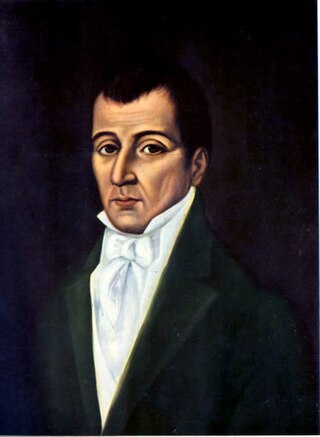
José Joaquín Justo Camacho y Rodriguez de Lago was a Neogranadine statesman, lawyer, journalist and professor, who worked for the Independence of the New Granada, what is now Colombia, and participated in the Open Cabildo which declared the Act of Independence, of which he was also a signer. He was executed during the Reign of Terror of Pablo Morillo after the Spanish invasion of New Granada.
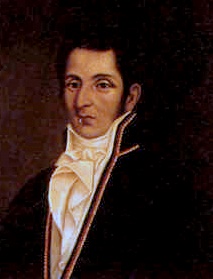
Manuel Rodríguez Torices was a Neogranadine statesman, lawyer, journalist, and Precursor of the Independence of Colombia. He was part of the Triumvirate of the United Provinces of New Granada in 1815, and served as Vice President of the United Provinces after the triumvirate. He was executed during the Reign of Terror of Pablo Morillo in 1816.
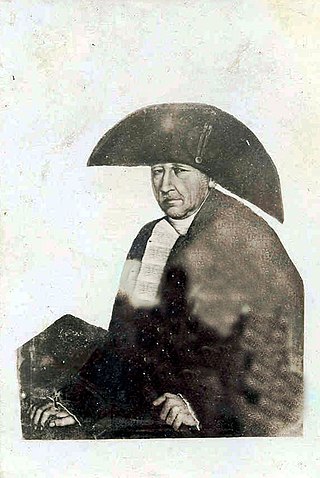
Manuel Benito de Castro was a Neogranadine politician. He became President of the State of Cundinamarca in 1812 in place of Antonio Nariño.

Colombian literature, as an expression of the culture of Colombia, is heterogeneous due to the coexistence of Spanish, African and Native American heritages in an extremely diverse geography. Five distinct historical and cultural traditions can be identified, with their own socioeconomic history: the Caribbean coast, Greater Antioquia, the Cundinamarca-Boyacá Highlands, Greater Tolima and the Western Valley. Colombia produced one of the richest literatures of Latin America, as much for its abundance as for its variety and innovation during the 19th and 20th centuries. Colombian intellectuals who forged the literature of this period also contributed decisively to the consolidation of Latin American literature.
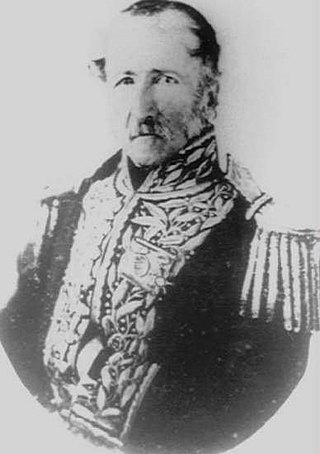
Joaquín París y Ricaurte was a Colombian military officer and politician who fought in the Colombian War of Independence and various civil wars that took place in Colombia during the 19th century. París was later also commander-in-chief of the army and Secretary of War on various occasions.

José María Balbino Venancio Samper Agudelo was a Colombian lawyer, politician, and writer. In his writing he covered many genres including poetry, drama, comedy, novels, didactic works, biographies, travel books, and critical and historical essays. He collaborated in different periodicals of his time, was founder of La Revista Americana, and worked as managing editor of El Deber, and editor-in-chief of El Comercio. His early works were published while the Republic of New Granada still existed.

Soledad Acosta Kemble was a Colombian writer and journalist. A sophisticated, well-travelled, and social woman, she received a much higher and better rounded education than most women of her time and country, and enjoyed a high standing in society, not only for her family background, but for her own literary endeavours. She collaborated in various newspapers including El Comercio, El Deber, and Revista Americana, among other periodicals. Using her writings, she was a feminist well ahead of her time, she lobbied for equal education for women, and wrote on various topics pertaining to female participation in society and family, encouraging others to become proactive in the workforce and in the restoration of society.
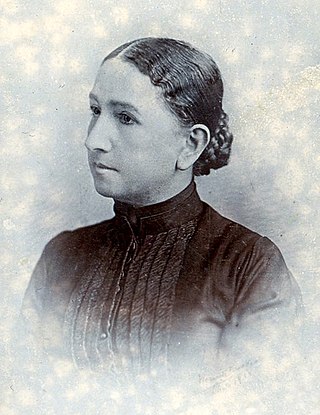
Agripina Casimira de los Dolores Samper Agudelo was a Colombian poet. Having a literary family, she received an education not easily accessible to women of her time and country. She wrote prose and poetry under the pseudonym "Pía-Rigán", an anagram of her given name. Her work remained unpublished during her lifetime and was only anthologized and published posthumously.

Miguel Samper Agudelo was a Colombian lawyer, politician, and writer. In Colombian politics he distinguished himself as a proponent of abolitionism and economic reform, was elected Member of the Chamber of Representatives, and rose to prominence in the Liberal party ultimately being nominated by the Liberal Party as their candidate for the 1898 Colombian presidential election.

José María Vergara y Vergara was a Colombian writer, journalist, politician, historian and diplomat. Vergara y Vergara is known for writing the first literary history of Colombia, a detailed chronological compilation of authors, works, and literary movements between 1538 and 1820. Vergara founded and directed the Colombian Academy of Language alongside Manuel Antonio Caro, and Jose Cuervo. Considered the most prestigious and significant colombian author of the 19th century
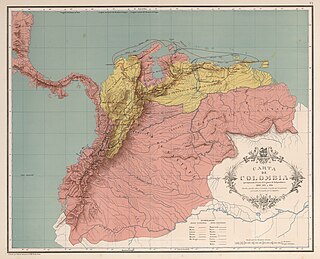
The Magdalena campaign was a military operation from late 1812 to early 1813, led by the independentists Simón Bolívar and Pierre Labatut against royalists and the crown of Spain in New Granada. The campaign resulted in the revolutionary United Provinces of New Grenada taking control of the Magdalena River, which connects the port city of Cartagena with the interior of Colombia.

Sagipa or Zaquesazipa was the fifth and last ruler (psihipqua) of Muyquytá, currently known as Bogota, as of 1537. He was the brother of his predecessor Bogotá but the traditional faction of the Muisca considered him an usurper as his nephew Chiayzaque, the cacique of Chía, was the legitimate successor of Tisquesusa. His hoa counterpart in the northern part of the Muisca territory was Quiminza, the last surviving ruler of the Muisca. The daughter of Sagipa, named as Magdalena de Guatavita, married conquistador Hernán Venegas Carrillo, one of the first mestizo marriages in the New Kingdom of Granada.

The New Granada Civil War was a civil war between 1812 and 1814 in New Granada between Federalists and Centralists. The war ended with a victory for the Federalists.


















